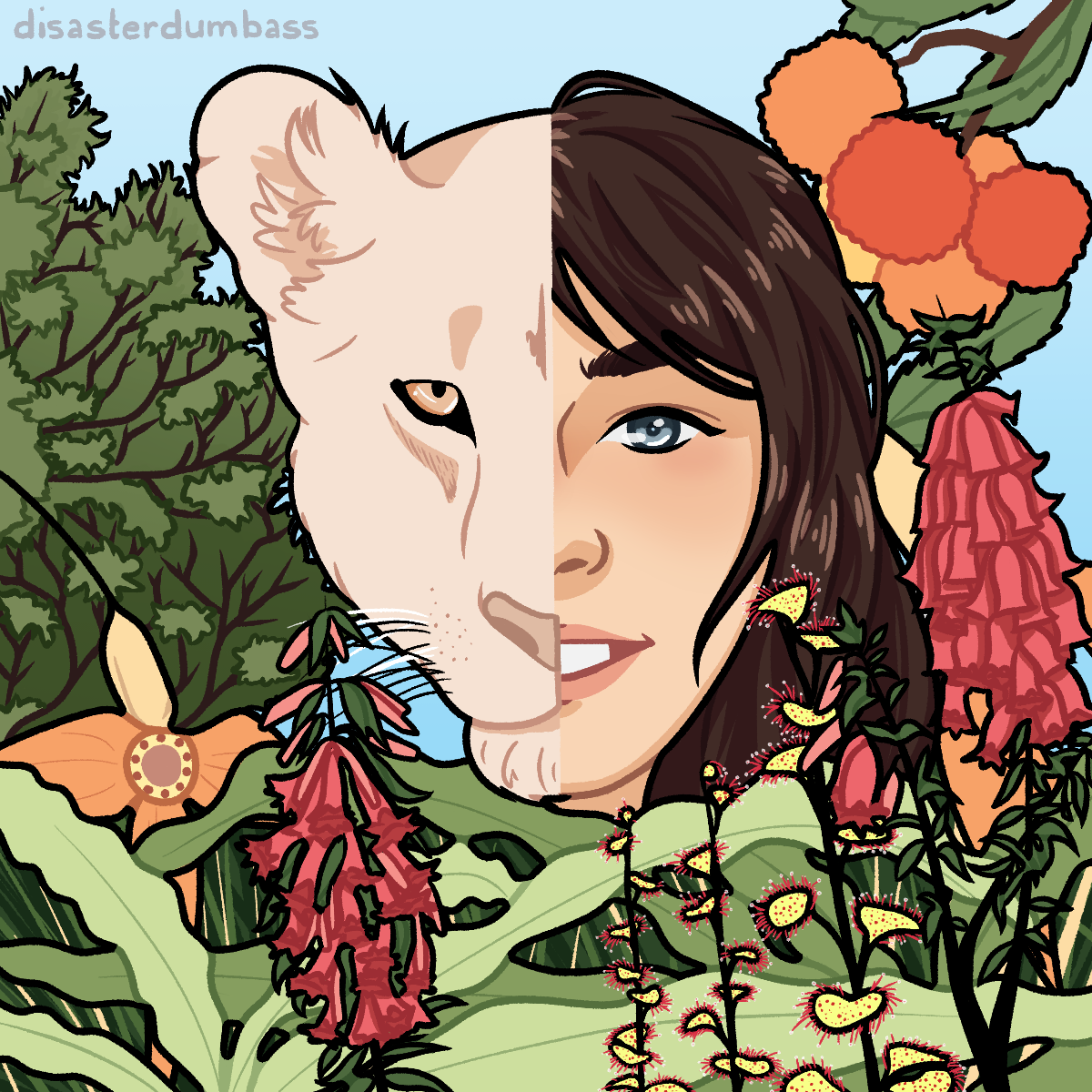If you trace our history back, back to before we settled here, you'll find story after story of hardship and starvation. I think our people would have died out if it weren't for where we settled here, and it's all thanks to Floodcrop. Now, eat your food or it's early bedtime for you! — Parental Guidance in Malun-Chaujun
Native to only a single location in the highlands of
Hansun, in a single river upon which the city of
Malun-Chaujun was built, is the plant known locally as Floodcrop. It is an amphibious plant with a growing cycle dictated by the seasonal flooding of the river it exists within. During the warm summer months, thick dark green stalks grow upwards through the flowing water, with flowering offshoots containing pods that are harvested at the end of the year.
Physiology
The exact origin or method of Floodcrop evolution is not fully understood. It shares similarities with ocean flora, land-based grain-crops, and creeping vines. The propagation of the plant is highly suited to its environment of cyclical flooding, but it is not clear why it isn't found in other locations that experience similar yearly floods. The root system of Floodcrop goes nearly as deep as the plant grows tall; this is thought to help anchor the plant to the riverbed, so that it does not get washed away when the river level rises. From the roots grows a dark green hardy and thick stalk, nearly 50cm in diameter, that can grow up to 2m tall on its own -- taller if it grows next to one of Malun-Chaujun's submerged houses.
Approximately 50% of the way up stalk is where the offshoots begin to grow, later in the growing season. The offshoots are comprised of long, wavy leaves that are yellow-green in color, and smaller pod-stalks that contain the main harvestable part of the plant. The entirety of the growing season for Floodcrop occurs while it is underwater. When the waters recede, the plant is left limp on the muddy ground, strewn about Malun-Chaujun's buildings. Some plants that managed to grow next to buildings will remain standing, as they've woven their way up and clung to the stonework of the winter houses.
Harvesting
After a short grace period after the waters recede, the harvesting of the Floodcrop begins. Stalks are cut, and pods are torn off and collected. The pods are then shucked open -- a hard shell encases the softer grain inside. The soft-interior grain is comprised of multiple smaller grains all stuck together -- they can be left together, or separated into individual pieces. The stalks, leaves, and shells are all discarded straight onto the muddy ground. Over the winter months, they are trampled deep into the ground among the leftover root systems. Here in the mud they are protected from the cold and the snow that falls above, giving them time to sprout into seedlings once the snow melts and the river waters rise again.
It's quite simple. Reach down, and use your knife to sever the stalk just above the root ball -- here, see? Then moving upwards we trim each leaf and pod-stalk off. We collect the pods to the side, and discard the rest in pieces, to provide better chances for next season's seedlings. The pods we shuck together later, late into the night, with many hot drinks.— Instructions from a harvest season expert
Uses
The majority of Malun-Chaujun's residents survive almost entirely on Floodcrop during the winter months, after the harvest. Roughly 70% of winter food supplies consist of one form of Floodcrop or another -- depending on how it is stored or cooked. Floodcrop can be dried, fermented, ground into powder, or cooked from raw. It provides the carbohydrates and calories needed to survive the cold winter, while fishing on the frozen river provides protein.
Dried Floodcrop
The most common way to store Floodcrop is to dry it. The grain pods are separated into individual grains, washed, and then spread evenly on a large wooden board. This drying board is usually left in a window, inside enough that it is covered and protected from rain, but still in direct contact with sunlight. The grains take a few days to fully dry, at which point they can be stored in barrels and consumed later, usually by boiling them to rehydrate.
Ground Floodcrop
Often times the dried Floodcrop grains are then taken and ground into an ultra-fine powder. This powder is used in all sorts of baking applications, from making bread and pastries, or added to sauces to thicken them.
I want Floodcrop cookies! I want cookies! — A very impatient lunchtime order















It's clear that the people of Malun-Chaujun wouldn't be able to survive without Floodcrop, but I feel as though you'd get fed up with eating it for every meal. XD I love the pictures you've chosen.
Explore Etrea
Right?! I know I would! But I happen to know a lot of people that would eat rice with every single meal and be happy about it, and Floodcrop is sort of rice-adjacent, so maybe the people wouldn't mind too much :D As always, thank you for the lovely comment! <3